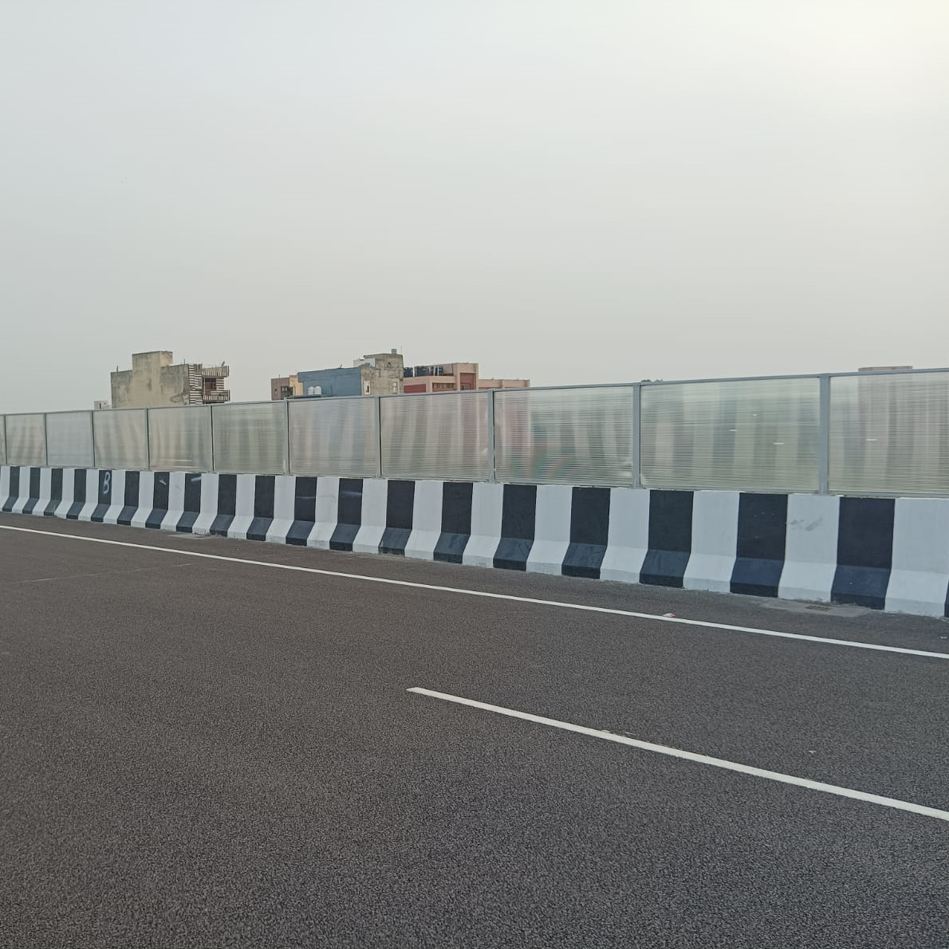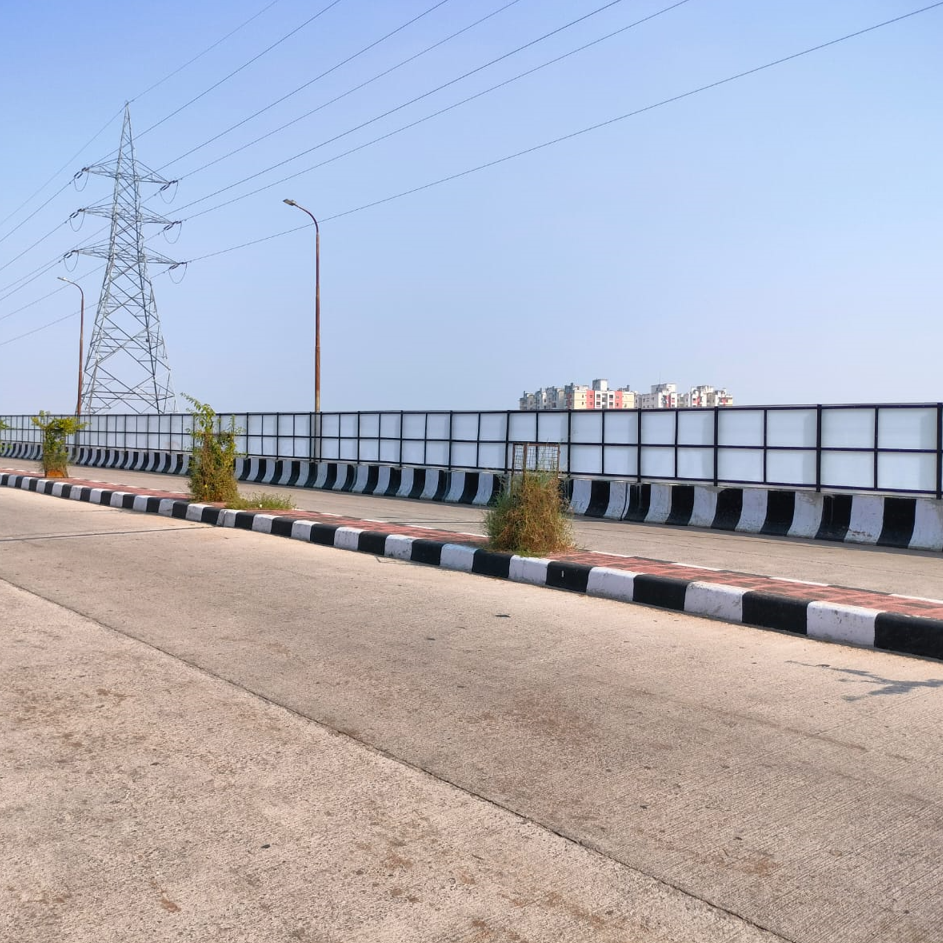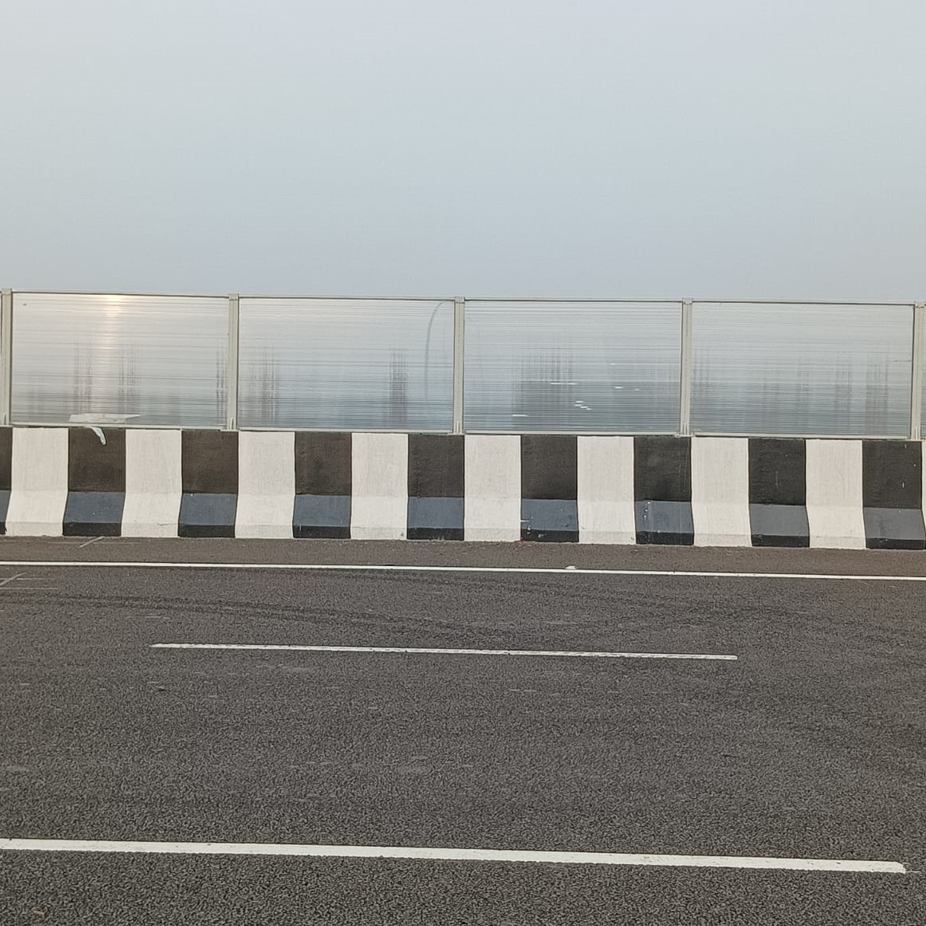VISION BARRIER
About Vision Barrier
Vision barriers, also known as visual screens or sight barriers, are elements incorporated into noise barrier designs to address visual concerns while still maintaining the primary function of reducing noise pollution. These barriers aim to mitigate the visual impact of noise barriers on the surrounding environment and community.
Vision barriers are any environmental factors that make it difficult for people with low vision to see. Noise barriers are structures designed to reduce the transmission of noise from highways, industrial sites, or other noisy areas to surrounding residential or sensitive areas. While noise barriers effectively reduce the auditory impact of noise pollution, they can sometimes create visual impacts that affect the aesthetics of the environment and the overall visual experience for residents or passersby.

Vision Barriers
Benefits
Reduced noise pollution
Vision noise barriers can significantly reduce noise pollution, which can improve the quality of life for people.
Improved property values
Vision noise barriers can improve the property values of homes and businesses that are located near noisy areas.
Increased safety
Vision noise barriers can help to reduce traffic accidents by blocking the view of oncoming traffic from pedestrians and cyclists.
Enhanced aesthetics
Vision noise barriers can help to improve the aesthetics of an area by blocking unsightly views of noise sources.
Specifications
Poor lighting
This can make it difficult to see objects and people, especially in low-contrast environments.
Visual clutter
This can make it difficult to focus on what is important, especially if there is a lot of information or activity in a small space.
Small print & Low Contrast
This can be difficult to read, even with magnification because of low contrast between objects and their background.
Environmental barriers
These can include things like uneven surfaces, narrow walkways, and lack of accessible signage.



